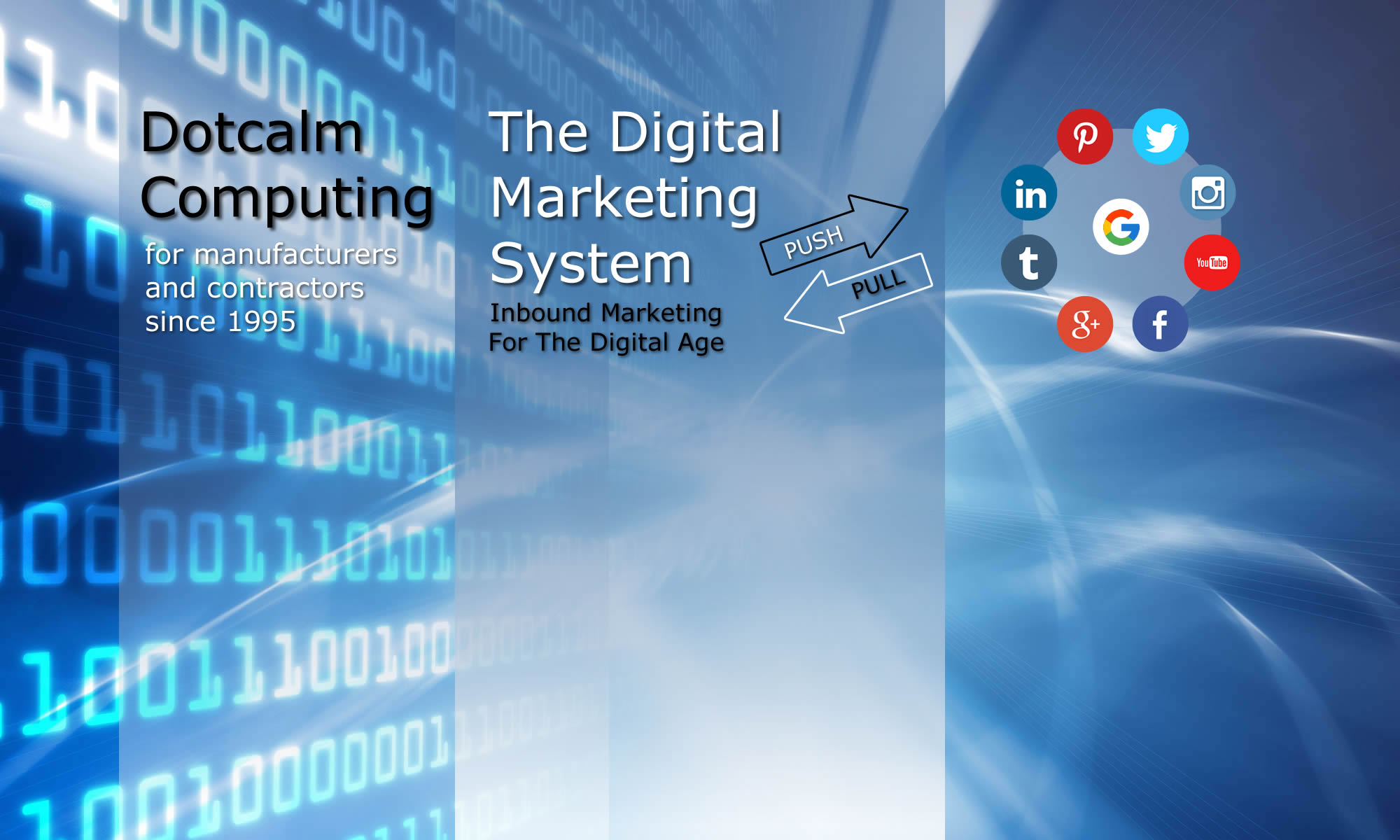The number one goal for any business website is to generate revenue. For that to happen, the website has to be found at the top of the search engines for a variety of keywords. It wasn’t that long ago that this meant lots of content or pages of text and images targeting different keywords, optimized meta and image tags, lots of incoming links and so on.
Things are a lot more complicated today.
The Problem
Two developments have changed the way we promote a website and make it easy to find on the search engines: 1) the mobile phone and social media. To make sure you’re at the top of a search engine like Google, not only do you have to make your site mobile friendly and you have to be actively engaged in sharing all your content with as many social media platforms as you can. In other words, Content is not only King, its everything.
Once you understand that its Content that gets you to the top, the next step is develop that content on a daily if not hourly basis. Not just Content that is “structured” and “sharable” but that is freshly updated on a dynamic home page, and continuously being created and “stored” in a database. (See What Is Content?) The best resource for acquiring this amount of content is the company itself and the people it employs.
This is major problem for most companies.
In too many cases, a company will leave the creation of the necessary content up to a third party, i.e., the web master and/or designer. Most companies either don’t have the time to create the content themselves, don’t know how to add content to the site or they don’t know how to make “structured” content, i.e., content that targets a keyword and meets a certain level of search engine friendliness. The biggest problem is that unless there is an incentive to do so, most employees have no interest in creating and adding that content to a website.
If the creation of the content is left up to a third party, then its only a matter of time before everything that could be said – has been said. You can only write so many pages that are instructive, informative or helpful in some way. Of course, pages that target core or “short tailed” keywords (two or three word phrases) are a must if you want to increase traffic to your site. But once you’ve targeted all the core keywords with product/service pages and informative pages about those products and/or services, what then?
The Solution
The obvious solution is a Content Management System (CMS) like the Digital Marketing System (DMS). Not only does it make easy to create Content that is “structured” and “sharable” but that is freshly updated on a dynamic home page, and continuously being created and stored in a database.
More importantly it makes it easy for a company to extract data from its own work force. And that is potentially an unlimited source of Content.
A company could hire someone whose only job is to create content, add it to the site and share it on social media. But what happens if that person runs out of content to add to the site?
While a CMS can solve the problem of not knowing “how” to upload new content that is search engine friendly, it still leaves the issue of creating content on a continuous and daily basis.
All too often a company uses the “blogging” or posting capability of a CMS like WordPress to create product pages and then informative pages targeting new and different core keywords. But eventually there are only so many of these “informative” pages that can be created.
A much better use of a Content Management System as a posting engine, is to document everything that a company does on a daily basis. Let’s look at an example.
A landscaping company, or any contracting company, with several crews is a good example.
Companies like this are typically involved in several new projects every day and could show visitors to the website examples of the kind of work that they do. Instead of just leaving the creation of content to a third party, or someone “in-house”, a Content Management System makes it possible for every person in that company to contribute from the work site itself. Most people have a mobile phone that takes pictures and with a little know how can learn how to login to the site and create a new post using the same image and adding some text.
This approach can generate an unlimited amount of content. The only thing it requires is a motivated work force that wants to contribute to the Content of the site.
Once a company taps into its own people for Content which is structured, shared on social media, and stored in database, its only a matter of time before it is easily found at the top of the search engines.

